FROM AVERAGE RETURNS TO MASSIVE CASH FLOW: THE POWER OF MULTI-LET PROPERTY INVESTING
South African property investors are feeling the squeeze. Property prices have stagnated or grown very slowly, interest rates, while coming down slowly, remain relatively high, and the traditional “buy-to-let” model, where you rent a whole house or apartment to one tenant, often delivers mediocre numbers. Net rental yields on standard buy-to-lets can fall below 6%, and once you factor in maintenance, levies, taxes, and occasional vacancies, many landlords discover they are running negative or break-even cash flow.
Yet there’s a smarter way to build wealth with property: multi-lets. Properly executed, multi-let properties can generate gross rental yields of 20% or more, deliver strong positive cash flow from day one, and position you to scale your portfolio faster than most investors imagine.
This article explains why multi-lets work so well, how to get started, and how to structure your portfolio for long-term growth and protection.
Why Traditional Buy-to-Let Doesn’t Make Sense Currently
For decades, South Africans were taught that property is the surest path to wealth — but the math has changed. Here’s why:
- Property prices have stagnated or grown very slowly. While good deals still exist, overall property price growth in South Africa has been flat in many areas for several years.
- Interest rates, although coming down slowly, remain relatively high. This means monthly repayments still place pressure on investors’ cash flow.
- Net yields are low. After rates, taxes, insurance, levies, and maintenance, many landlords are left with a 3–6% return — sometimes less than a fixed deposit at the bank.
- Negative cash flow is risky. Covering a shortfall each month is fine if you’re wealthy, but dangerous for everyday investors relying on salary income. Unexpected vacancies or expenses can quickly turn a “safe investment” into a financial burden.
This reality is pushing smart investors to explore models that unlock higher rental income from the same bricks and mortar.
What Is a Multi-Let Property?
Simply put, a multi-let is a property rented to multiple tenants rather than one household. Instead of leasing a whole home to a single family, you divide the space — either formally or informally — into several rentable units or rooms.
- Example: A 4-bedroom house in Pretoria might rent for R10,000/month to one family. But if you convert it into 6 or 7 rentable rooms (think extra drywalls, converting a dining room to a bedroom, adding separate entrances or bathrooms where possible), you could earn R25,000–R30,000/month.
- Alternative layouts: Backyard cottages, converted garages, garden flats, or self-contained studio spaces.
Even after covering extra utilities, WiFi, cleaning of common areas, and occasional tenant turnover, investors often achieve 15–27% ROI — far superior to single-tenancy buy-to-let models.
The Power of Multi-Lets: Real Numbers
Here’s a practical illustration (actual case study):
- Purchase price: R1.5 million
- Renovation: R200,000 to add 2 rooms and upgrade shared spaces
- Total rental after conversion: ±R30,000 per month
- Outflows (bond, rates, utilities, internet, maintenance): ±R18,000
- Cash flow: ±R12,000 positive every month
That’s a gross rental yield of ±24% and net returns that can pay down the bond faster or finance your next property.
Contrast this with a vanilla buy-to-let:
- Rental income: ±R10,000
- Outflows: ±R12,000
- Monthly loss: R2,000
One strategy sets you free; the other ties you down.
Starting Small: Your First Multi-Let
You don’t have to be a developer to begin.
- Start where you live. Many South Africans have spare rooms, an unused garage, or outbuildings. Renting even one or two extra rooms is the simplest entry point and can help cover your bond.
- Buy full-title homes where you can add value. Full-title properties generally allow more freedom to reconfigure, extend, and add rental units compared to sectional title, where body corporates can restrict changes.
- Think practical upgrades, not luxury renovations. Tenants renting single rooms aren’t looking for granite countertops — they want safety, WiFi, a functional kitchenette or shared kitchen, and clean bathrooms.
- Test your local market. Room rentals work near universities, hospitals, business hubs, and public transport routes. Demand for affordable, well-located housing remains high across South Africa.
Advanced Multi-Let Strategies
Once you’re comfortable with the basics, consider:
- Adding backyard cottages or flatlets. Prefabricated or container homes can be cost-effective.
- Converting garages into bachelor pads. Quick to build, highly rentable.
- Optimising square meters. Enclose patios, split large lounges, or create extra bathrooms.
- Scaling to small blocks. Some investors buy older homes on big stands, subdivide, or gradually add rental units until the property produces exceptional yield.
This is exactly how successful South African investors — like Albert van Wyk, who built one of the largest multi-let portfolios in Pretoria — have scaled from one house to dozens of properties.
Key Business Principles for Scaling
The investors who succeed long-term treat their property portfolio like a business, not a hobby.
1. Delay Gratification
Early on, live lean. Many successful investors live in the smallest part of their own multi-let while renting out the rest. That short-term sacrifice accelerates long-term wealth.
2. Reinvest Your Cash Flow
Don’t spend your rental profits. Use positive cash flow to renovate the next property or pay down debt so you can refinance and buy again.
3. Keep Your Financing Flexible
Banks become nervous once you personally own 4–5 properties. To continue expanding, use a structure from the start that allows you to unlock affordability and manage risk.
4. Get Professional Structuring
Proper entity setup (e.g., Family Trust, Holdings Trust and Property Companies) protects your assets, reduces tax, and keeps your ability to raise finance alive as you scale. Watch our YouTube video, Why You Need At Least Two Trusts.
Structuring Your Multi-Let Portfolio the Smart Way
This is where many new investors get stuck. Without correct structuring, you can accidentally sabotage your ability to grow.
At Prosperity Enterprises, we help investors:
- Set up the right ownership vehicles: Trusts and companies to separate personal and business risk.
- Ring-fence liabilities: If one property has issues, your other assets are protected.
- Simplify tax and compliance: Avoid nasty surprises when SARS or the banks ask for financials.
- Unlock future financing: Banks see a well-structured property business differently from an overextended individual.
Correct structuring isn’t just about saving tax — it’s about scaling safely and sustainably.
Tenant & Management Challenges (and How to Solve Them)
Multi-lets can produce exceptional returns, but they’re more management-intensive than single lets.
- Tenant turnover: Lower-income tenants may move frequently for jobs or personal reasons.
- Collections risk: Rent arrears can kill your cash flow.
- Maintenance: More tenants mean more wear and tear.
Smart investors mitigate these by:
- Using strong, legally sound lease agreements.
- Vetting tenants thoroughly (credit checks, affordability assessments).
- Providing value-adds like WiFi and cleaning, which justify higher rent and attract stable tenants.
- Considering professional property management if your portfolio grows large.
There are proven legal and practical frameworks to reduce evictions and defaults — strategies we teach our clients. Watch our YouTube video, How To Manage your Property Portfolio.
Education + Mentorship = Faster Success
Multi-let property is powerful, but not something to stumble into blindly.
- Read: Property and business books to understand cash flow, ROI, and leverage.
- Learn from experts: Workshops and coaching save you from costly mistakes.
- Mentorship matters: Talk to experienced local investors. Join masterminds and investor groups.
- Consult professionals early: An hour with the right advisor can save you thousands and years of frustration.
Before you make a multi-million rand decision, spend a fraction of that amount on financial education.
The Bottom Line
South Africa’s property landscape has changed. The old-school “buy one house, rent to one family” model often doesn’t deliver meaningful returns anymore. But multi-let investing flips the script:
- Higher yields
- Positive monthly cash flow
- Faster scalability
- Opportunity to build generational wealth in a tough economy
If you’re serious about financial freedom through property, multi-lets are one of the smartest ways forward.
Call to Action
At Prosperity Enterprises, we’ve helped thousands of South Africans create and scale profitable, well-structured property portfolios — from first-time room rentals to multi-million rand multi-let empires.
If you’re ready to start (or restructure) your property journey:
Book a one-on-one strategy consultation: https://
We’ll help you design your ideal structure, run the numbers, and guide you step by step — so you can build real wealth, safely.
Read the entire article in the October 2025 Edition of Real Estate Investor Magazine.


